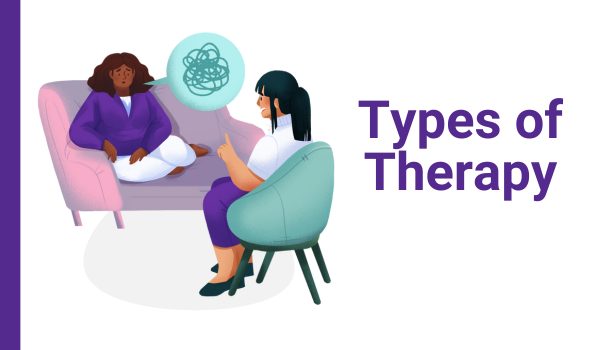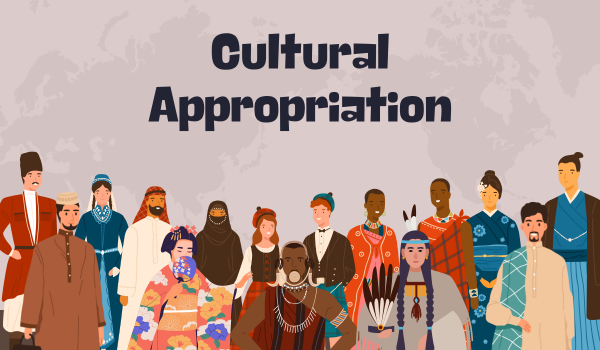What Does It Mean to Be Graysexual?

Understanding Graysexuality
Graysexuality—also spelled "greysexuality" and sometimes referred to as "gray asexual," "gray-A," or "gray-ace"—describes people who experience sexual attraction infrequently, at low levels, or only under specific circumstances.
Although it's unclear exactly when or by whom the term was coined, it has been embraced by the asexual community for several years. Sexuality educator Sari Locker described graysexuals as individuals who "exist within the gray area between asexuality and typical sexual interest" in a 2015 article for Mic.
The prevalence of graysexuality is still being studied. A 2023 survey found that among 9,161 individuals identifying on the asexual spectrum, 15.6% identified as graysexual.
What Being Graysexual Means
Graysexual individuals feel little to no sexual attraction. They might experience it only occasionally or at such low levels that it doesn’t usually lead to action.
According to a 2015 Asexual Community Census, nearly half of respondents identifying as graysexual were either exclusively graysexual or straight. However, many graysexual people also identify as bisexual, pansexual, gay, lesbian, queer, or simply as graysexual without additional labels.
Graysexuality vs. Asexuality
Graysexuality is closely related to asexuality but occupies a unique space between asexuality and allosexuality (experiencing regular sexual attraction).
While asexual people generally experience little to no sexual attraction, graysexual individuals may feel some degree of attraction but not as consistently. "Graysexuality is a way for individuals to honor those occasional feelings without identifying as fully sexual or fully asexual," explains sociologist Sarah Melancon, PhD.
These identity categories are flexible and based on personal experience rather than strict definitions.
Graysexuality vs. Demisexuality
Demisexuality falls under the asexual umbrella as well, but it differs from graysexuality. Demisexual individuals only experience sexual attraction after forming a deep emotional bond with someone. In contrast, graysexual individuals may feel occasional sexual attraction without necessarily requiring an emotional connection.
Graysexuality and Romantic Relationships
Sexual and romantic orientations are separate concepts. A graysexual person may have any romantic orientation, such as:
-
Aromantic: Little or no romantic attraction toward anyone
-
Demiromantic: Romantic attraction only after building a strong emotional connection
-
Grayromantic: Rare or occasional romantic attraction
-
Heteroromantic: Romantic attraction to people of a different gender
Each person's combination of romantic and sexual identity is unique.
Common Myths About Graysexuality
Graysexuality is often misunderstood, leading to common myths, such as:
-
It leads to unhappy sexual relationships: Many graysexual individuals have fulfilling relationships by maintaining honest communication with partners about needs and expectations.
-
It’s just a phase: Graysexuality, like any sexual orientation, is valid and enduring for many people.
-
It means having low libido: A low libido (sexual drive) and low sexual attraction are different. A graysexual person may still have a normal or even high libido but not feel strong sexual attraction to others.
How to Talk About Graysexuality
Finding community support can be helpful. Online platforms like the Asexual Visibility and Education Network (AVEN) offer spaces like the "Gray Area" forum for discussing experiences.
If you're in a relationship with someone who identifies as graysexual (or vice versa), communication is critical. Discuss your expectations, explore alternative forms of intimacy (like cuddling or massage), and work together to find balance and understanding.
Being an ally to graysexual individuals means respecting their identity, educating yourself, and standing up against misinformation and discrimination.
A Quick Review
Graysexuality falls within the asexual spectrum but stands apart by acknowledging occasional or low-level sexual attraction. People who identify as graysexual may or may not see it as their primary sexual identity.
Relationships involving a graysexual individual thrive with open communication, understanding, and respect. Learning more about graysexuality and connecting with supportive communities can make a big difference for those who identify this way.

















.webp)
.webp)
.webp)



